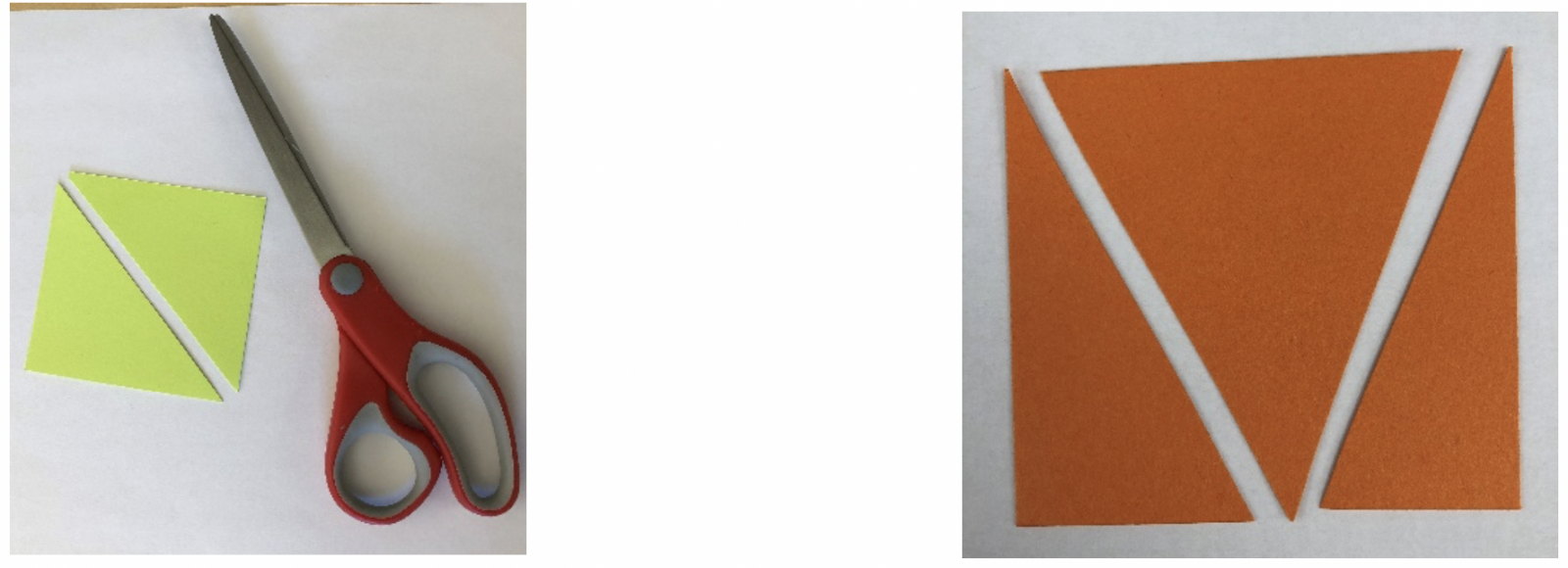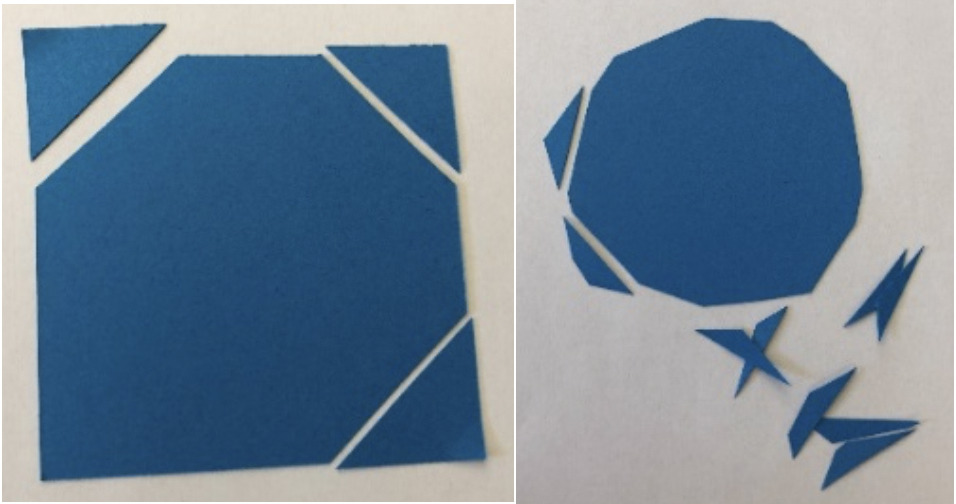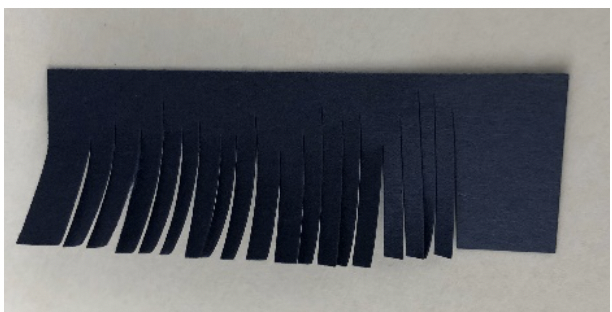Using paper geometric shapes, students will “build” an image of mice. Recommended for Kindergarten.
Shape: a flat figure created within joined lines. Geometric shapes are used in this lesson: symmetrical, composed of straight lines and/or curved arcs. Organic shapes are asymmetrical and irregular, based on nature. In this lesson torn paper creates organic edges and shapes.
Focal Point: the parts of the picture we look at first. In this lesson, it’s the image we ‘build’.
Background: The part of the picture that’s around (behind) the image.
Circle: a round figure with the perimeter the same distance from the center.
Rectangle: a four-sided straight-line figure with opposite sides the same length.
Square: a four-sided straight-line figure with sides all the same length.
Triangle: a three-sided straight-line figure.
Ellen Stoll Walsh is the writer & illustrator of the books Mouse Shapes and Mouse Paint. She uses cut shapes and torn pieces to create the images.



Students will:
Hold up the geometric shapes and identify each type. Look for these shapes around the room. Once you have identified them all, put two different shapes side by side, overlapping or one above the other and ask students to suggest the new shape they’ve made. For example, a triangle over a rectangle may look like a boat. A triangle over a square may look like a house. Let them brainstorm a little with this.
Lesson written by Juliette Ripley-Dunkelberger. Books: Walsh, Ellen Stoll, Mouse shapes, Orlando: Harcourt, Inc., 2007. Print. Ehlert, Lois, Oodles of Animals and Color Farm.
21st Century Thinking Skills
Thinking flexibly, creating, innovation, taking responsible risks, reflecting.
WA State Learning Standards
(VA:Cr1.2.K) a. Engage collaboratively in creative art-making in response to an artistic problem.
(VA:Cr2.1.K) a. Through experimentation, build skills in various media and approaches to art-making.
(VA:Cr2.2.K) a. Identify safe and non-toxic art materials, tools, and equipment.
(VA:Cr2.3.K) a. Create art that represents natural and constructed environments.
(VA:Cr3.1.K) a. Explain the process of making art while creating. This happens if the instructor verbalizes what students are ‘building’ with their geometric shapes.
(VA:Re7.2.K) a. Describe what an image represents. This happens if the student decides on the title of the picture.
(VA:Re8.1.K) a. Interpret art by identifying subject matter and describing relevant details.
Arts Integration Opportunities
Writing – story prompt about their picture, or a title sentence the student dictates.
Math: simple fraction concept of 2 halves.
Please note: These lesson plans are intended for non-profit use only. Use of these plans for commercial purposes should give attribution to the Issaquah Schools Foundation and be accompanied by a nominal donation at www.isfdn.org/donate. Thank you.
Fueling Success for Every Student, Every School